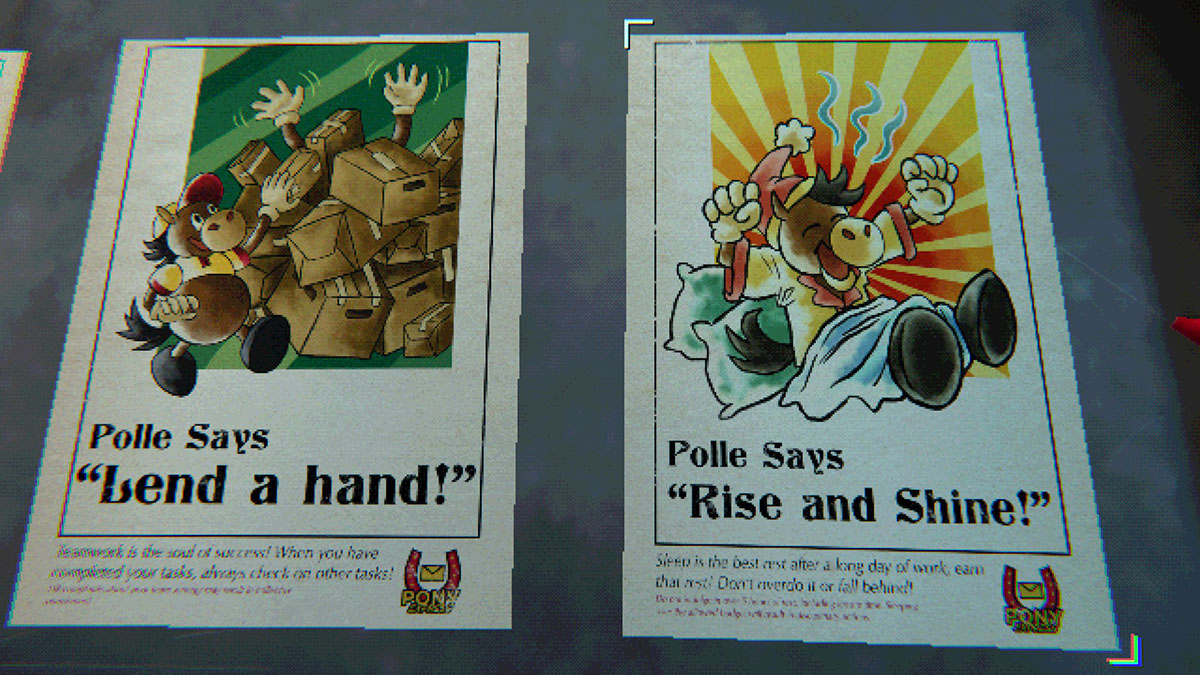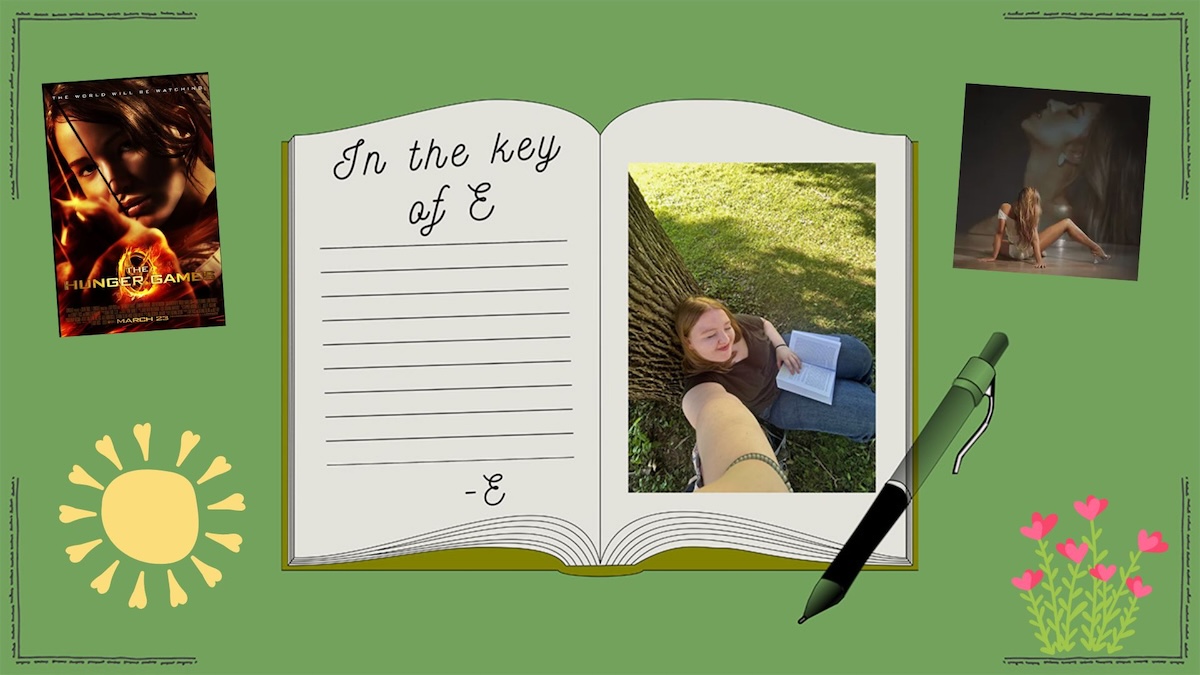The first time I rode a bike I was probably 6 or 7. And I fell and I gashed my leg open. It was my first time! Gimme a break!
Then when I was 13, I bought a bike at a rummage sale and rode it home. On the way home, I popped a wheelie and the front wheel rolled away mid-wheelie and I crashed forward and the bike hit me in the back of the head and I had to go to the emergency room and get six or eight staples. But so what? It was like my 200th time!
My point is, I get it. I get that no matter what you do, sometimes when you bike, you do dumb things and get hurt. That’s common sense. But it’s also not very difficult to take a few steps to make sure that you’re not biking like a 6-year-old.
If you follow these simple rules, not only will you be riding more safely, but no one will write editorials in The Spectator about why you’re biking like an idiot. So here they are:
1. RIDE YOUR BIKE ON THE ROAD; IT’S LEGAL: I drive to campus and park in the third ward most days and I see this just about every single one of them: people that bike to campus riding on the sidewalks. As a pedestrian, it’s the most irritating thing to be walking on the sidewalk with headphones in and have someone nearly dominate you with their bike because they don’t know that they can ride in the road.
It’s more than OK to ride your bike on the street; it’s the way you’re supposed to do it. Bikes are vehicles; they belong in the street, not on pedestrian sidewalks.
According to kidshealth.org, “you need to check with your mom and dad about where you’re allowed to ride your bike. You need to know how far you’re allowed to go and whether you should ride on the sidewalk or in the street. Kids younger than 10 years should ride on the sidewalk and avoid the street.” I’m sure you already checked with your mom and dad about how far you can go, but for a refresher, you’re older than 10! Ride in the
street, please.
‘But Eric,’ you’re definitely saying to this newspaper, ‘won’t I get killed by cars in the street? Are you telling me to put my own life in danger?’
No, of course not. If you stay on the right side of the road, cars will pass you when it’s safe to do so. If everyone in the situation acts with sensibility, no one will ever get hurt (unless you try to pop a wheelie on your new rummage sale bike).
2. STAY ON THE RIGHT SIDE OF THE STREET: The other morning, I saw a dude riding his bike on the left side of the street. Come on, dude! If there’s no sidewalk, pedestrians walk on the left so they can see oncoming traffic and avoid the traffic behind them. Bikes go on the right because again, they are vehicles.
Again to use kidshealth.org’s wealthy array of kid-friendly elementary bike knowledge, “Ride on the right-hand side of the street, so you travel in the same direction as cars do. Never ride against traffic.”
If that’s too confusing, you can pretend your bike is a car. You can make lane changes, obey traffic lights and use turn signals, which brings me to my next point …
3. USE TURN SIGNALS: Now that you’re getting used to riding in the street like you’re supposed to, it’s important to use the arm signals you learned in bike safety 101. You have to let other vehicles know what your plans are for turning, just like you would when driving. Because frankly, if you cut a car off because you didn’t use the arm signals, that’s on you. And truthfully, you will absolutely lose that match-up.
If you’re worried that using arm signals will make you look like an idiot, you’d be even more of one if you didn’t use them. So use them!
4. OBEY STOP SIGNS: If this isn’t the most important one, I don’t know what is. Seriously, you need to obey stop signs no matter how inconvenient it is. I won’t be so harsh to say, ‘You will die if you don’t,’ but I will say there’s a much more excellent chance of it. Seriously, be careful.
So if you follow these steps, it’ll make biking and travelling alongside people that are biking much less hazardous and much more efficient for everyone involved.
It’s not your first time on a bike; don’t act like it.
Eric Christenson is a senior print journalism major and Currents Editor at The Spectator.







